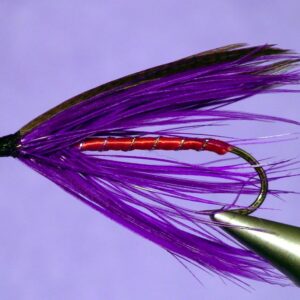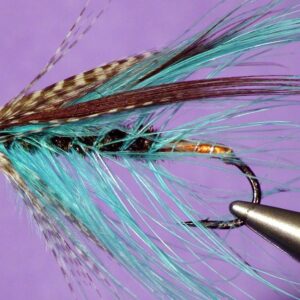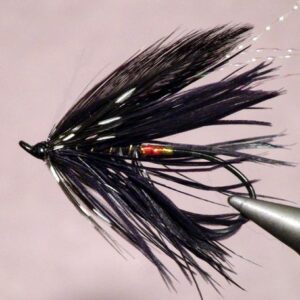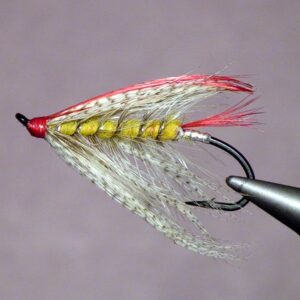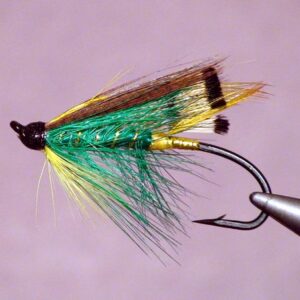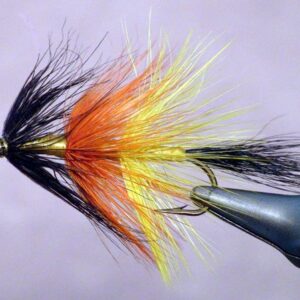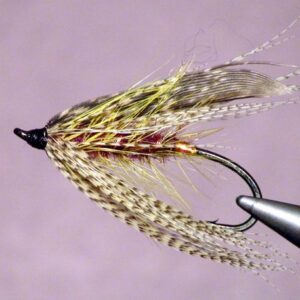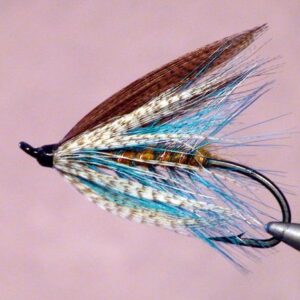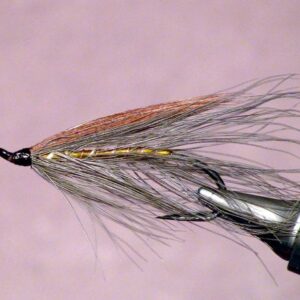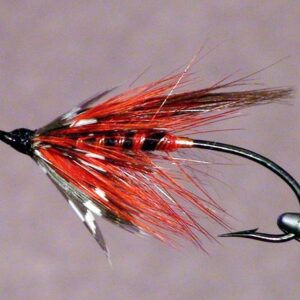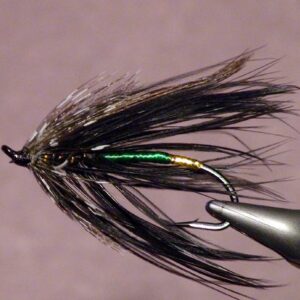Showing 1–12 of 18 results
Like the “Spey Flies” used on the West Coast of the United States, the steelhead flies we refer to as “Eastern Spey Flies” evolved from flies used two-hundred or more years ago on the Spey River in Scotland. You can fish just about any steelhead fly on a spey rod; however, some anglers still like to refer to certain types of flies as spey flies. For that reason, we try to accommodate them by listing flies that are generally considered spey flies as a separate category of steelhead flies. The original flies had long hackle and in the water, resembled baitfish. Their bodies were tied sparsely, in a narrow shape, and made from locally available material consisting mostly of turkey and mallard duck feathers. Today, some fly tiers insist on sticking to these traditional fly patterns and materials and others don’t. Some so-called “spey flies” vary greatly from the original designs. Some recent patterns use hair for the wing or a combination of hair and feathers. Other modern spey flies completely lack wings. Instead of using the original natural colors of turkey and mallard wings, some modern spey fly patterns use very bright, flashy colored materials similar to material used in other modern steelhead flies. For those who may not be familiar, let us also point out that spey flies don’t necessarily have to be cast from a spey rod. Also, keep in mind that spey rods will cast any type of steelhead fly, not just spey flies.
